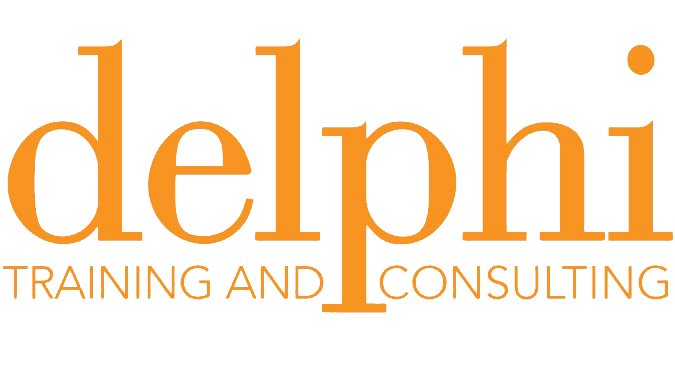A Conversation with Hana Assafiri, OAM
Hana Assafiri, OAM is a social activist working tirelessly for women’s empowerment and in the domestic and family violence sector.
Twenty-six years ago she founded the Moroccan Soup Bar in North Fitzroy, Melbourne, through which she has changed countless women’s lives who were escaping family and domestic violence by providing employment, a wage, the means to escape. Creating opportunities for change in women’s issues, racism, pluralism and intersectionality.
She later expanded her mission to unify cultures through Speed Date a Muslim events and Conversation Salons. This conversation with Hana explores her personal story and her passion for creating change: Hana the audacity to be free.
















